Fujian Non-Jian Kiln Temmoku Bowls
In the 1980s, local residents recovered a large number of Temmoku tea bowls from a Ding Hai Bai Jiao Wreck (定海白蕉沉船) in Lian Jiang, Fujian.
| Two Temmoku bowl from the Lian Jiang Bai Jiao wreck | |
The Fujian ceramic experts subsequently conducted salvage operations to recover some of the artifiacts. They are generally of the view that those bowls found on the Bai Jiao shipwreck were products from Dong Zhang and nearby kilns and dated to Southern Song/early Yuan Period.
Some examples of Dong Zhang kiln temmoku bowls were also found in Indonesia Sumatra Jambi Batang Kumpei.
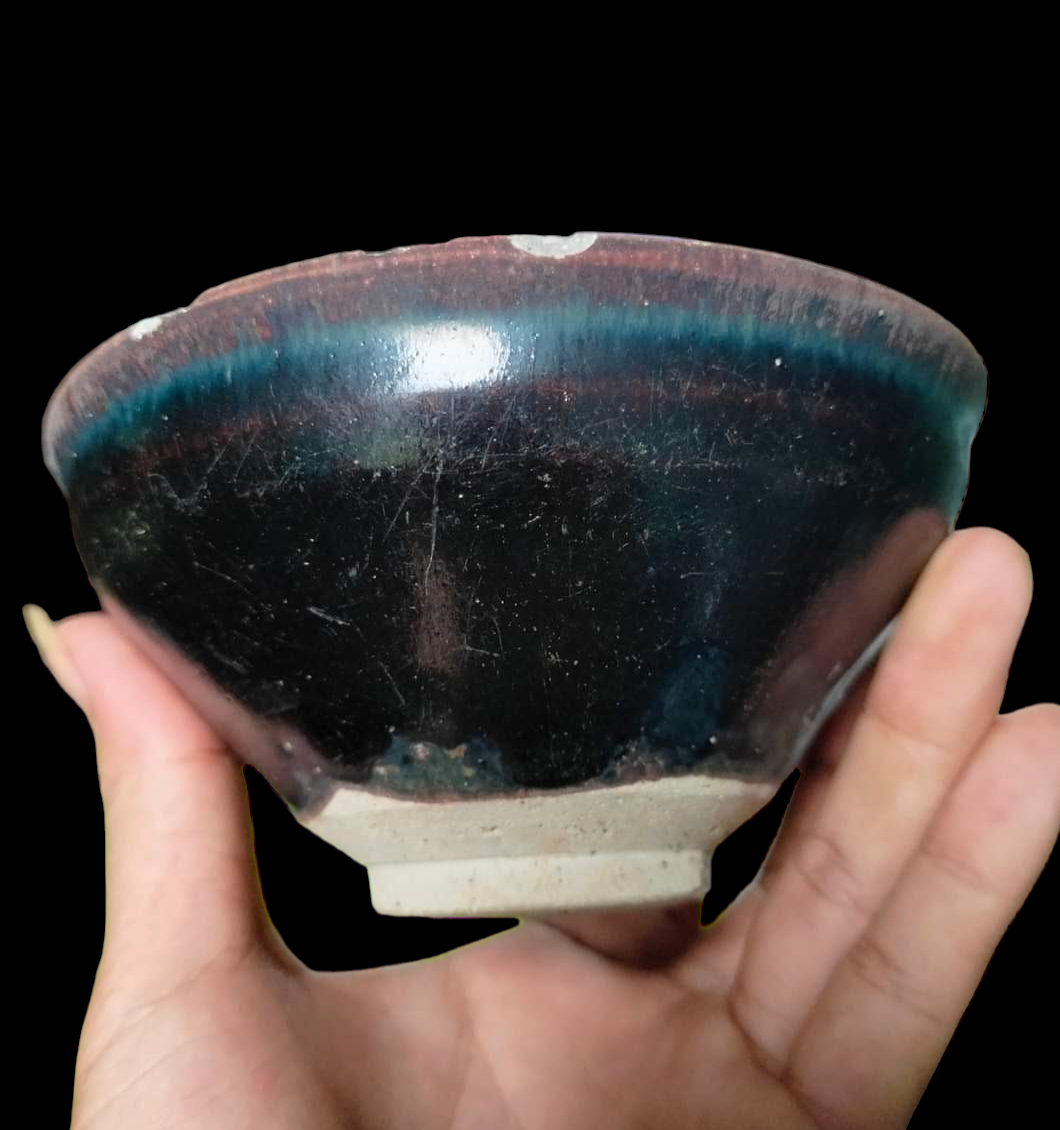 |
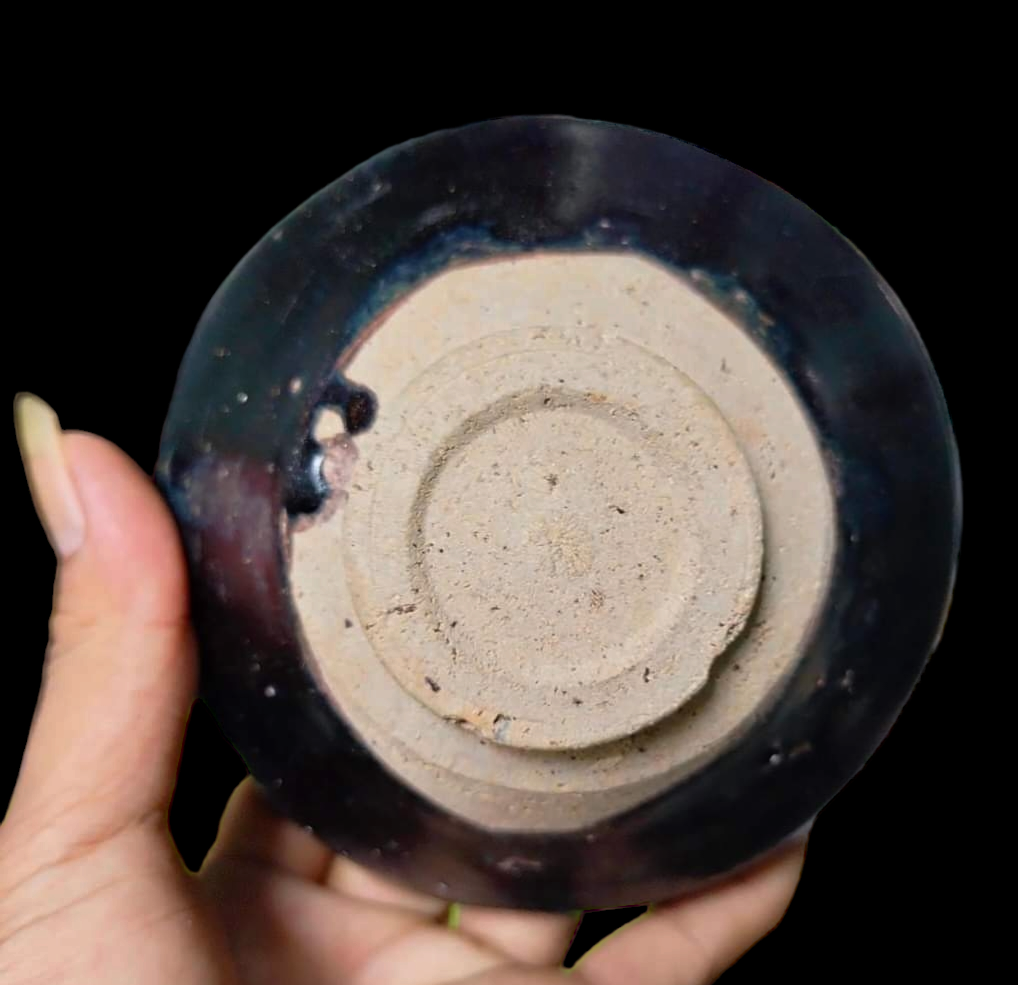 |
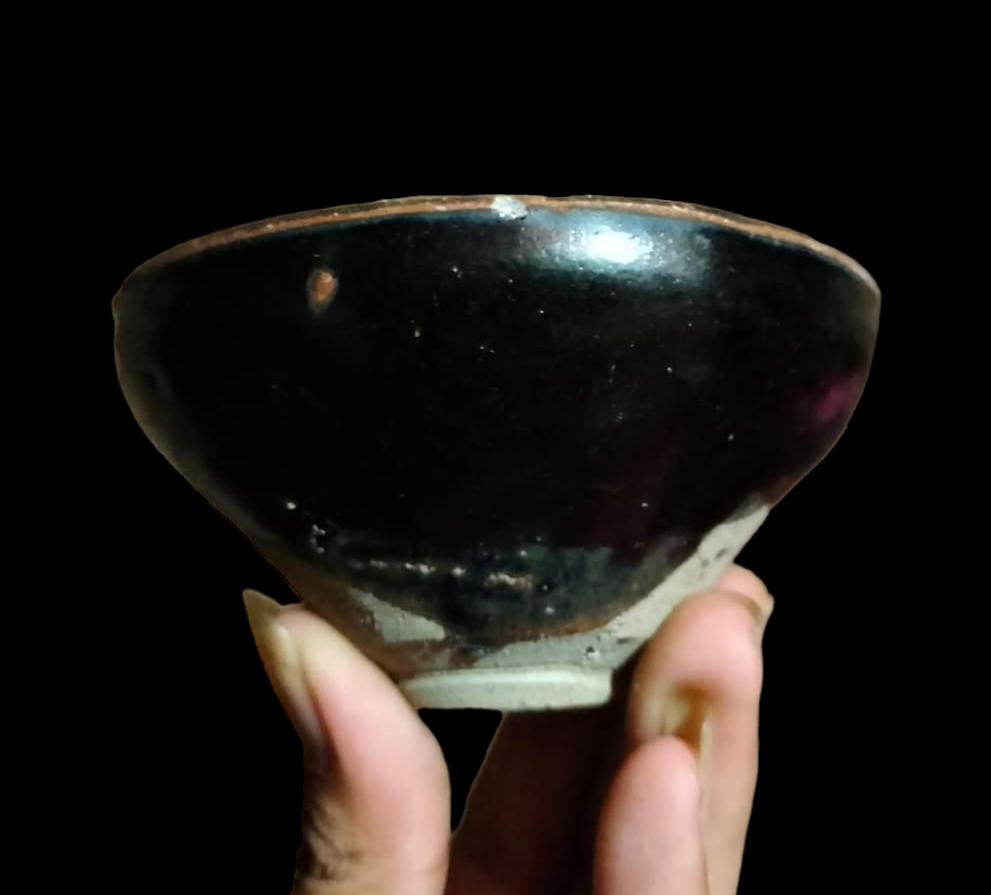 |
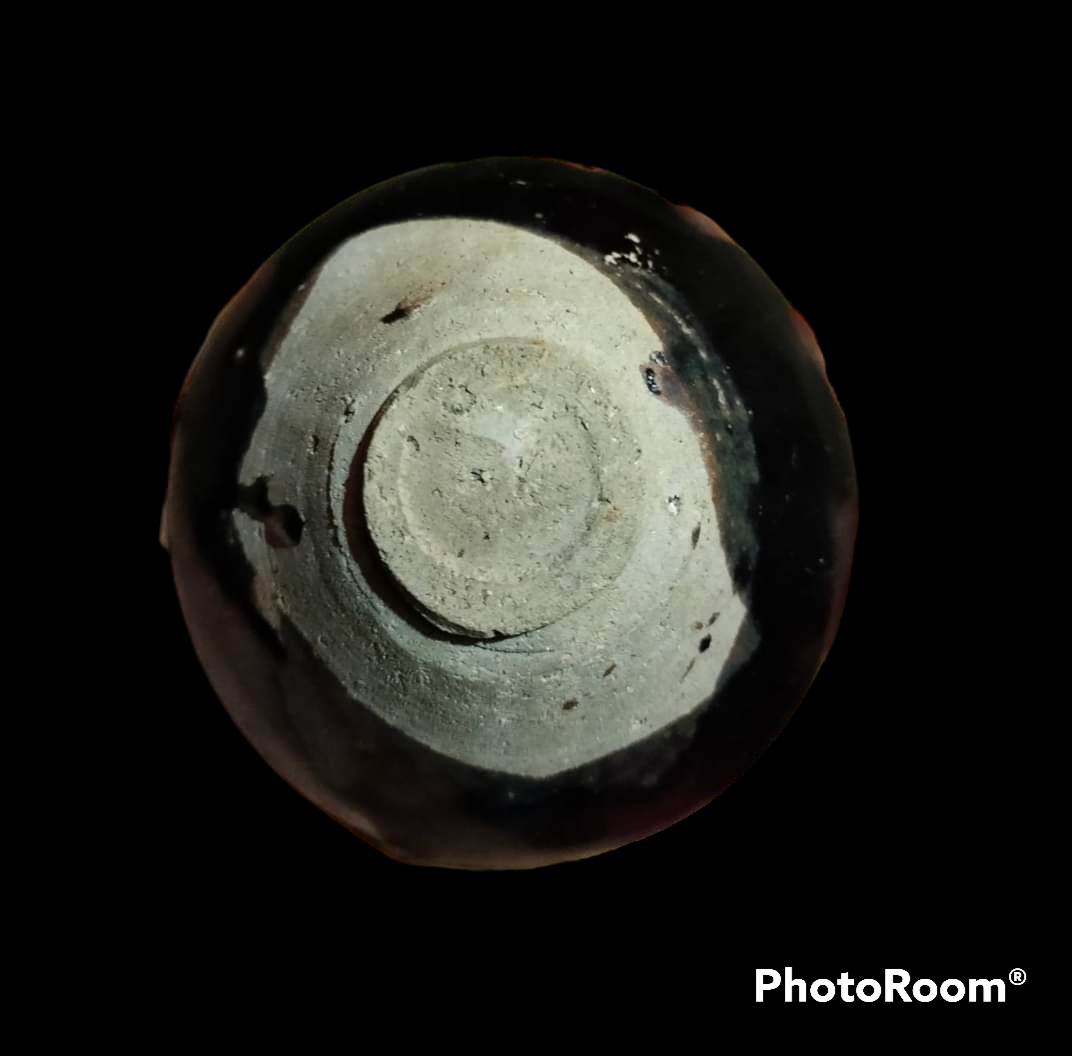 |
| Two examples of Dong Zhang kiln temmoku bowls found in Jambi Batang Kumpei | |
Dong Zhang kiln (福清东张窑) located in Fuqing produced equally large quantities of temmoku bowls. According to archeological findings, Dong Zhang kiln operated from Southern Song to Mid Yuan Period. Temmoku bowls from this kiln were exported in large quantities to country such as Japan, Korea and Southeast Asian Countries.
The most obvious difference between Jian temmoku and those from the Dong Zhang kiln is that the paste of Jian bowls is dark purplish whereas the latter come in varying tone of grey. The black glaze of Jian bowls are thicker and tends to congeal on cooling into a thick welt. As for those from the Dong Zhang kiln, most do not terminate in thick welt. In fact, usually there appear to be a second thinner layer of glaze. The brown streaks on Dong Zhang bowls are also not as well-defined and clear compared to those from the Jian Kiln.
Attached below are pictures of sherds from:

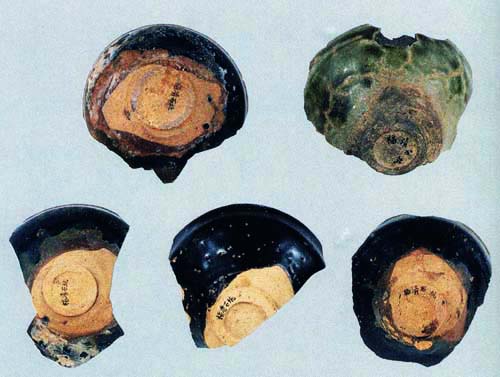

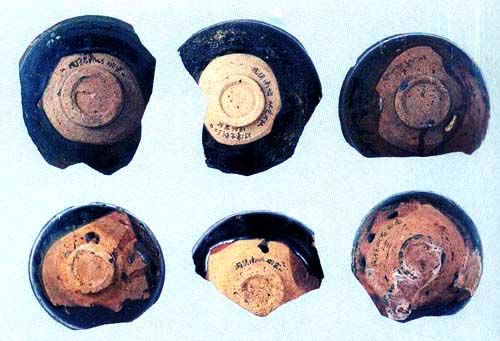
Besides Fu Qing kilns and some other more notable Southern Fujian coastal kilns such as Minhou (闽侯), it is interesting to note that Quanzhou Cizao, an important export oriented production centre for green/brown glaze and lead glaze wares also produced them. Some examples were recovered from Jambi Batang Kumpei.
 |
 |
| Two examples recovered from Jambi Batang Kumpei | |
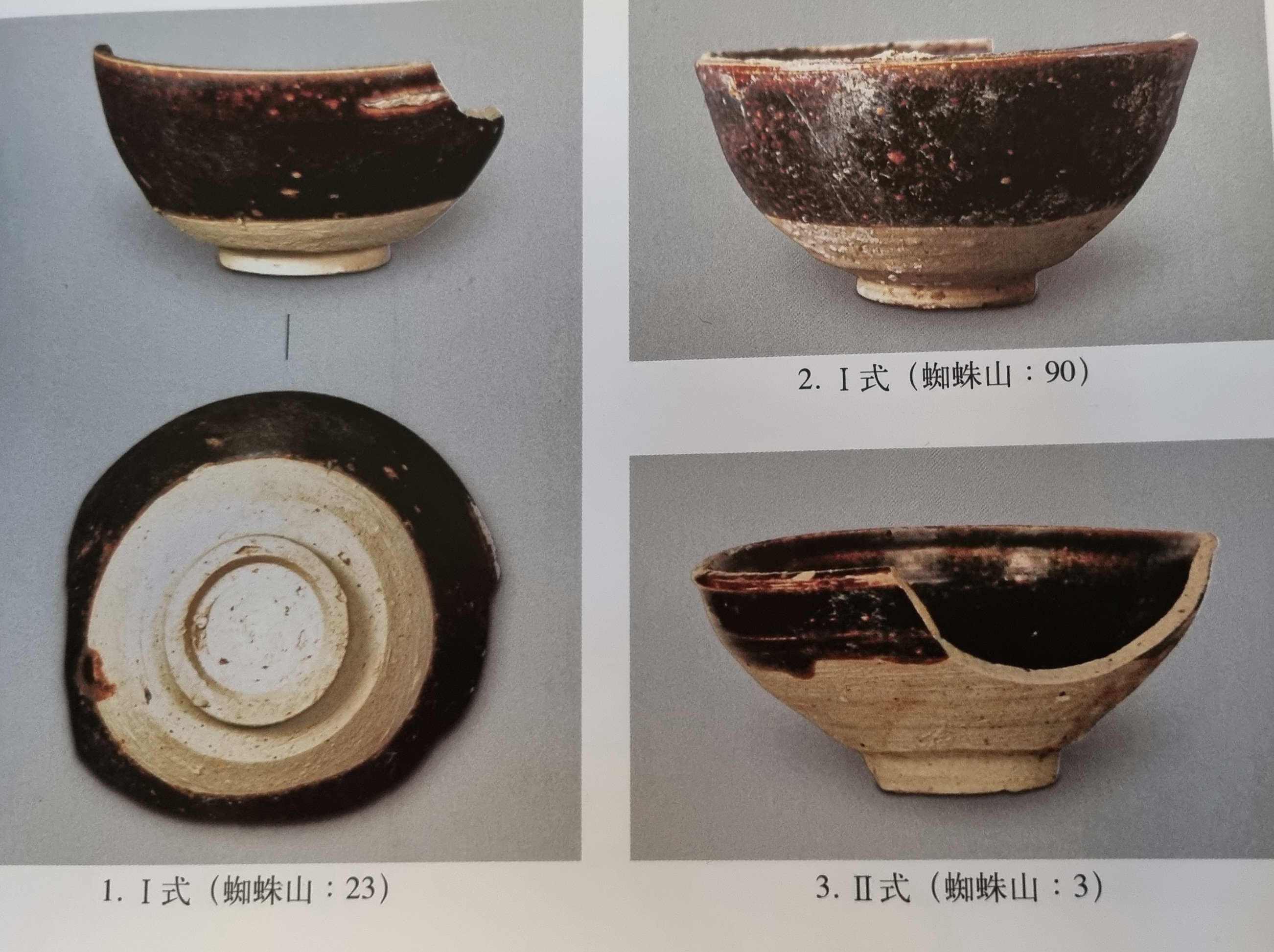 |
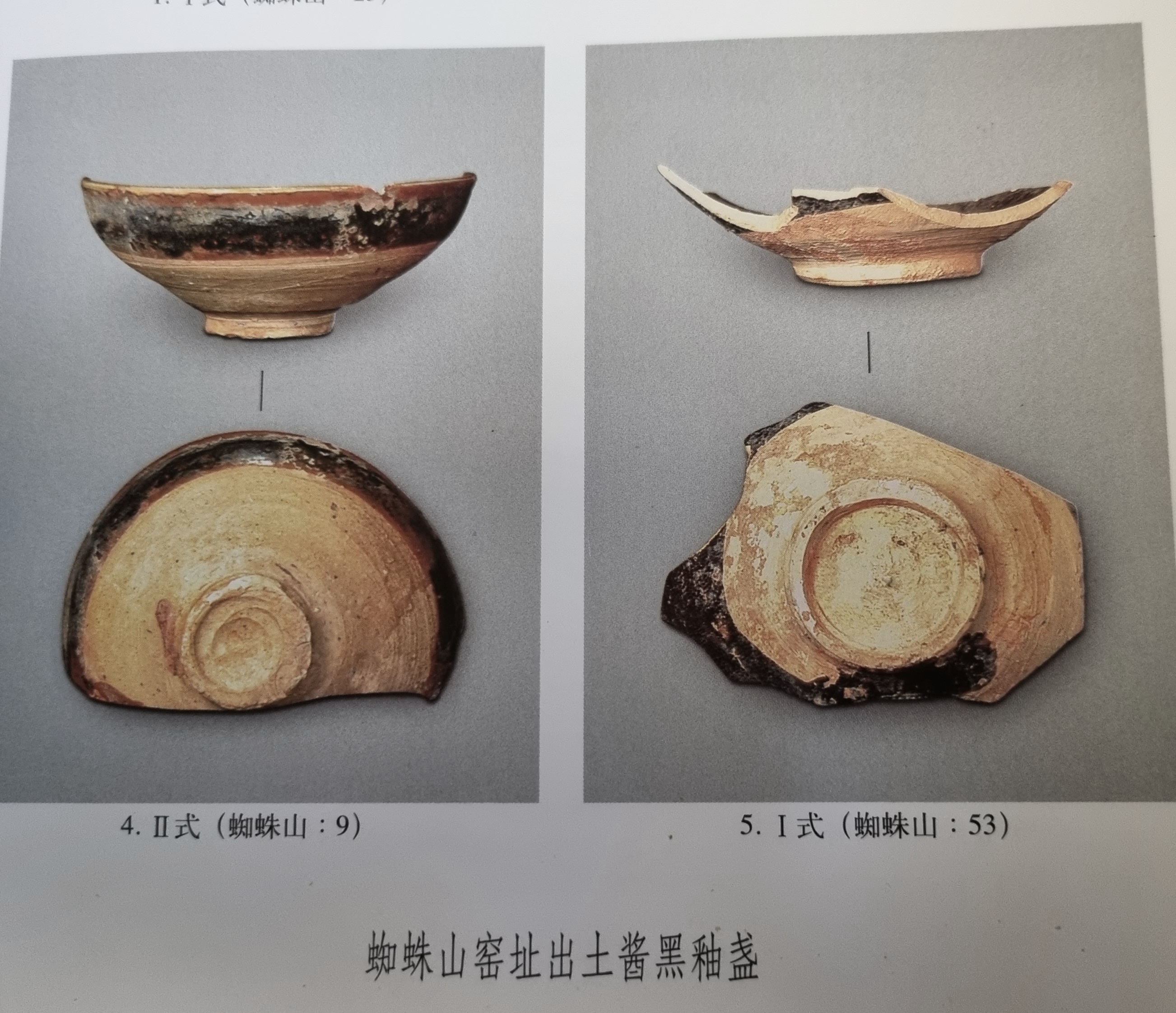 |
| Comparbale examples from Cizao Zhi Zhu Shan kiln | |
Wuyishan Yulinting (武夷山遇林亭) produced an interesting form with decoration in gold/silver. In most instances, the decorations have faded and only traces could be seen. The motif includes dragon phoenix, crane, pine, bamboo, prunus, flowers and orchid. There were also those with auspicious wordings or landscape. In some past ceramics publications, such bowls have been erroneously attributed to Jian kiln. Bowls from this kiln have mainly greyish to greyish white paste. In the past, this type of gold/silver decorated bowl was not known to be exported. However, their discovery in Jambi Batang Kumpei is rather exciting and refuted past perception that they were only produced for domestic consumption.
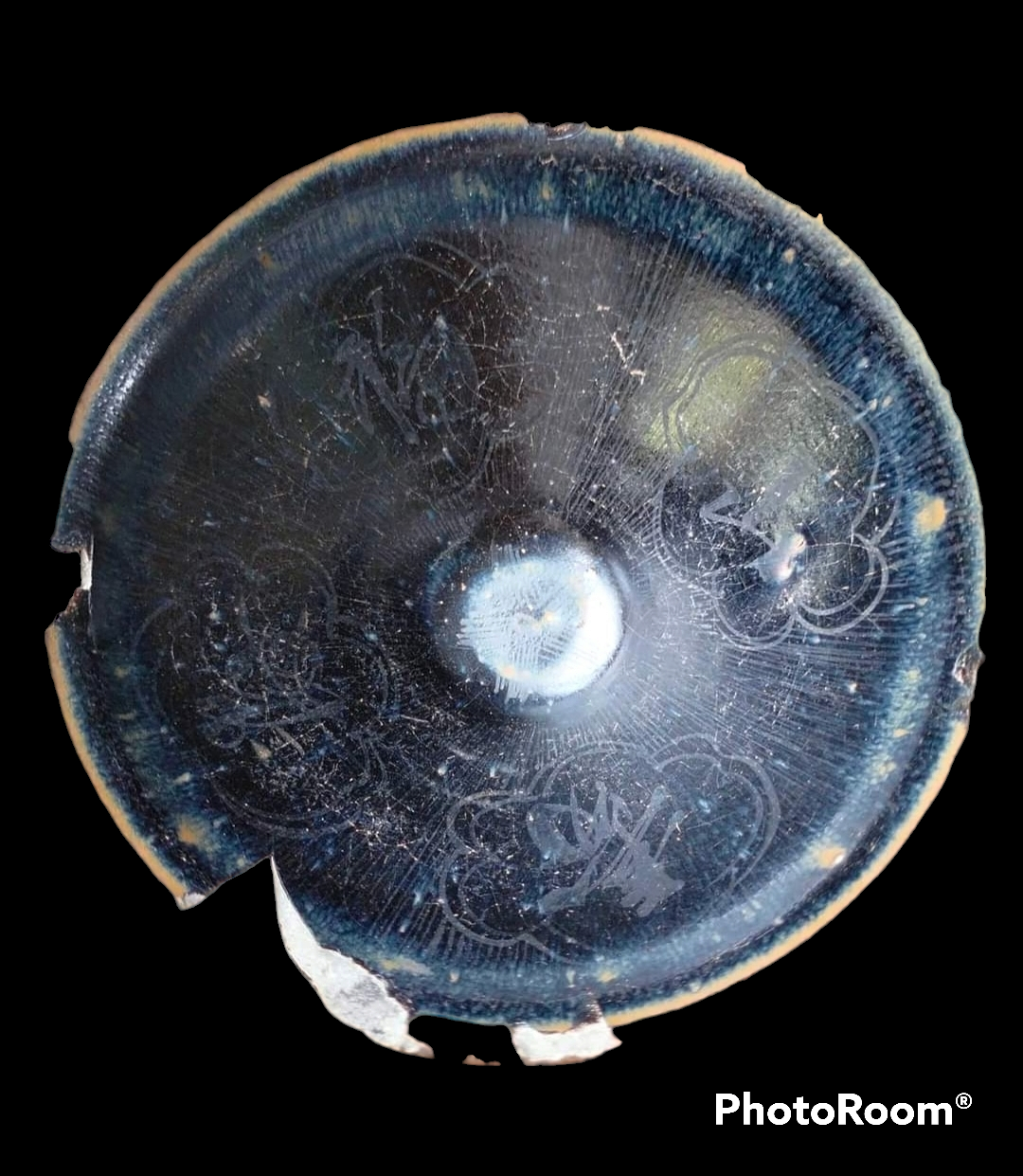 |
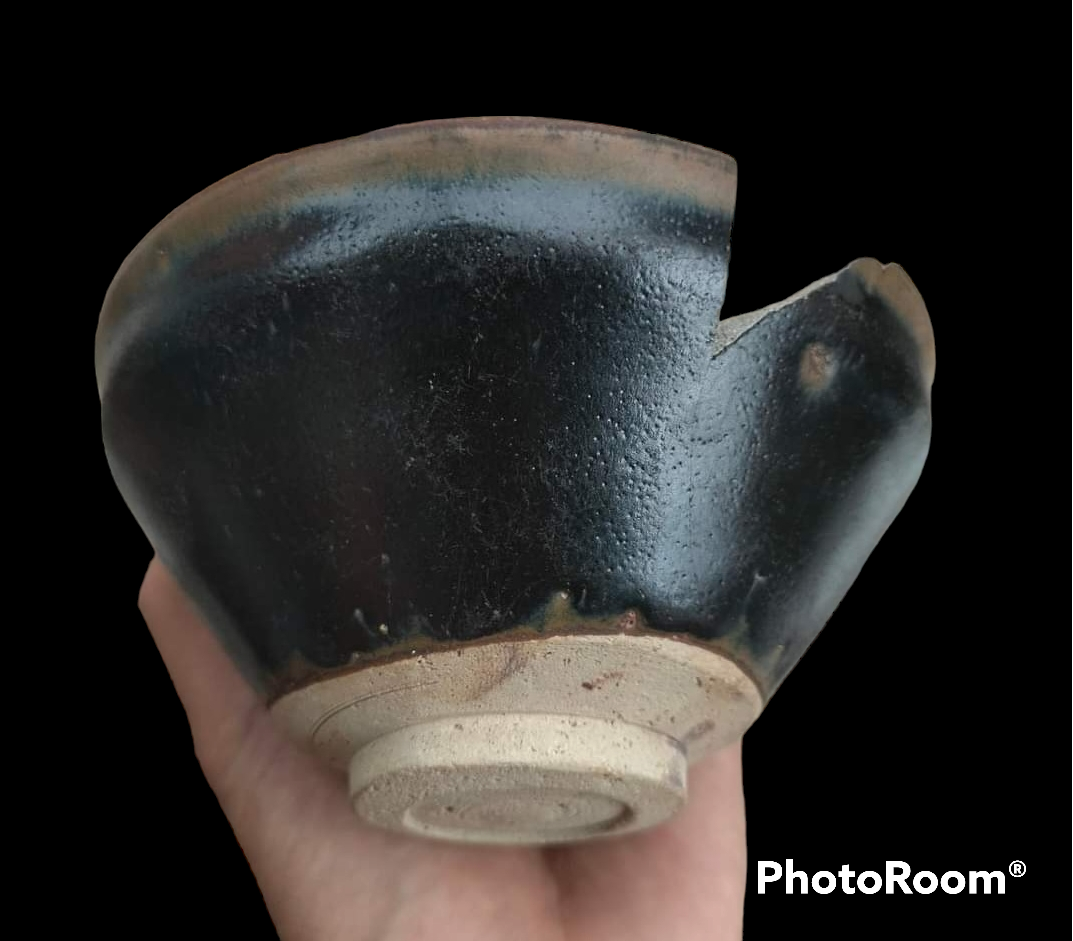 |
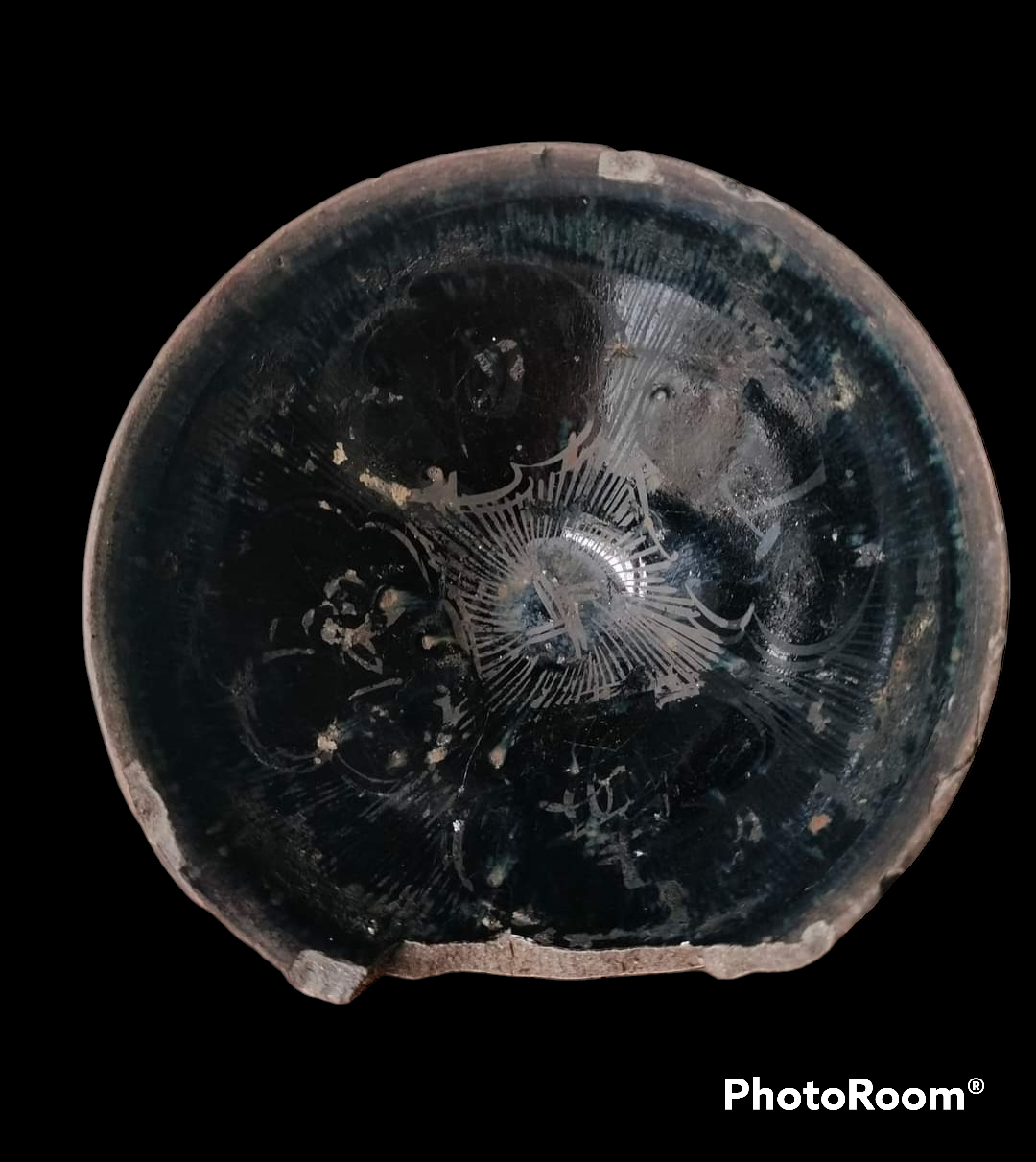 |
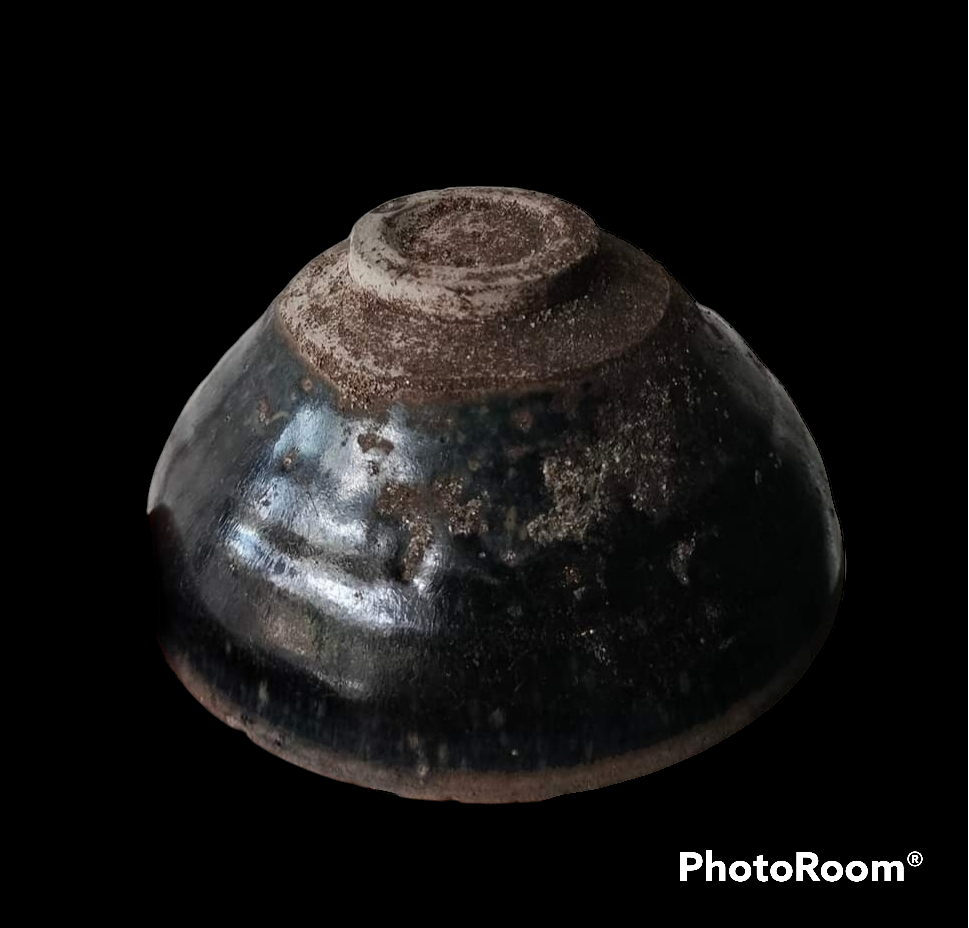 |
| Two examples with traces of auspicious inscription Shou Shan Fu Hai (寿山福海) | |
Written by: NK Koh (updated: 14 Apr 2023)